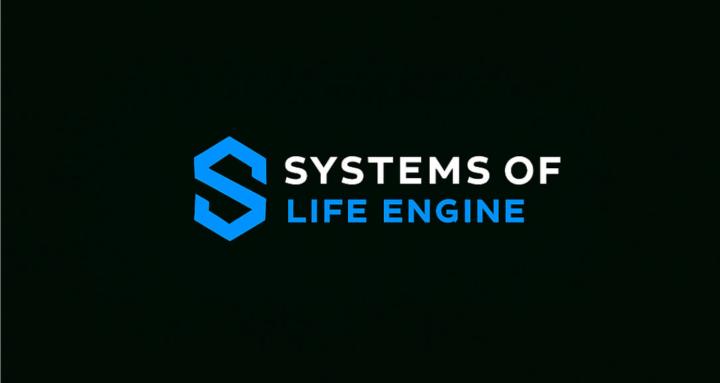Jan 15 • Techniques
Rewarding Strategies - Reward Hierarchy + Merging
If you can distinguish different types of rewards and rank them from the least pleasurable to most pleasurable then you can use reward hierarchy.
Let's say there is some desired action you do in real life (e.g. working on some project 10 minutes uninterrupted). You grant yourself a random reward for it. I will give you an example as it will be better to understand it from it.
Tier C: most common reward. 70% of chance to get it.
- Checking Facebook - up to one minute
- Checking Instagram - up to one minute
- ...
Tier B: slightly better reward. 25% chance to get it
- Checking Facebook - up to 10 minutes
- Checking Instagram - up to 10 minutes
- Checking Tik Tok - up to 10 minutes
- ...
Tier A: good reward. 4% of getting it
- One episode of TV series that you already watch
- 2 hours on internet
- ...
Tier S: great reward. 1% of getting it
- You can start new TV series and watch 3 first episodes
- ...
If you have three same rewards (e.g. 3x "checking Facebook up to one minute reward") you can merge them into ONE random reward from a higher tier.
This rewarding strategy works great because it has a lot of randomness that can hook players to constantly draw new rewards (which requires doing some important work).
It's important that probabilities are selected well and rewards are selected well. Otherwise players won't be motivated to do work or they can even prefer rewards from worse tiers (which should never happen).
2
3 comments
powered by

skool.com/gamifying-life-1637
The community collects working self-productivity systems & general patterns that need to be present in personal systems.
Suggested communities
Powered by
